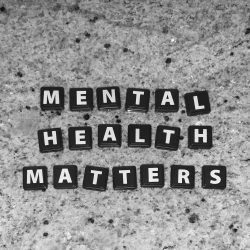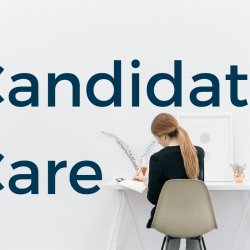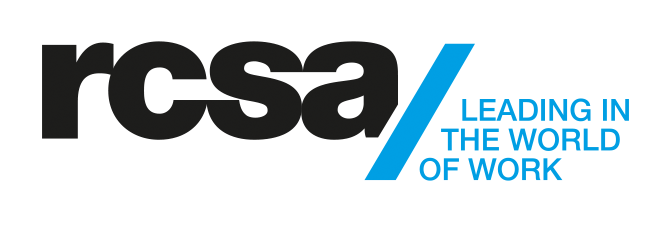The Battle Against Mental Health Issues in the Office

Mental health remains a big issue in the workplace today. Mostly because most organisations are unaware of its presence or maybe just disregard its existence. Well, it does exist, and it is affecting millions of employees, especially right now with the COVID-19 pandemic. According to the World Health Organisation (WHO), promoting mental health support and programs inside the workplace is good for morale, productivity and economic gains. Employees need more mental health support than ever now.
Consequences of Mental Health

The WHO also found that anxiety and depression cost the global economy USD 1 trillion or AUD 1.4 trillion annually. But money should be the least of our concern as mental health is truly a health crisis affecting many people as of this moment. Mental health problems result to both employees and employers suffering from poor productivity, lack of trust, active absenteeism, toxic work environments and bureaucratic constraints. These issues can also increase employee attrition and decrease retention.
These mental health barriers can impact an individual’s life inside and outside of the office. Even worse, it can affect other people, especially loved ones. It’s a chain reaction of negativity and stress that deteriorates the quality of life. All of you are surely aware of these, so why is it so hard for many organisations to talk about and accept the fact that is mental health? In addressing mental health issues inside the workplace, we are paving the way for professionals to not only feel valued but to find value in their respective roles and actually feel engaged and encouraged to work harder.
Mental Health in the Australian Workplace
The Safe Work Australia under the government reported work-related conditions or psychological injuries “have become a major concern in Australian workplaces.”
Australia is no stranger when it comes to mental health. According to the National Health Survey: first results with the reference period from 2017 to 2018, one in five Australians “had a mental or behavioural condition.” The report also found that there is an increase in people suffering from depression and anxiety disorders.
In a 2014 report about mental health in the Australian office by TNS Global and beyondblue, one in five Aussie employees reported having taken off days for feeling “mentally unwell.” In that report, 91% of employees believe that mental health initiatives and programs in the workplace are important. What more today?
The impact of this global pandemic on mental health is like no other. According to the June 2020 report of The Medical Journal of Australia (MJA), many Australians are experiencing serious depression, anxiety and irritability. To make things worse, some people are thinking they were better off dead. Other than the fear of contracting the virus, unemployment is a significant problem not only in Australia but around the globe. Millions of Australians were fired when thousands of businesses were forced to shut down temporarily or permanently.
So, we need to put our foot down and acknowledge the reality of mental health. That is the first step we take.
What’s next? Waging war against Mental Health Issues

Mental health is here, and it is here to stay. Under Australia’s WHS or harmonized work health and safety laws, there are extensive support, education and service programs for mental health-related issues. There is no magic cure for mental health problems inside the workplace and resolving it will take time. The most important thing we do as HR professionals is to strengthen our candidate care and employee engagement. Candidate care, as the gateway, should always be human-centric and compassionate, especially these days. According to the MJA, “The mental health of people who lost jobs will benefit from employment assistance that is emphatic, courteous and encouraging, and that does not rely exclusively on individual initiative to find jobs.”
HR must be strategic and empathic in battling mental health issues. This goes beyond workplace communication and the usual “be there for your employees.” You are already there for employees and now is the time for you to be proactive instead of reactive when it comes to different mental health issues.
It is important to tell your employees that things are not going to get better, for now, but it will eventually. We need to think of programs and activities that have long-lasting effects on our employees.











